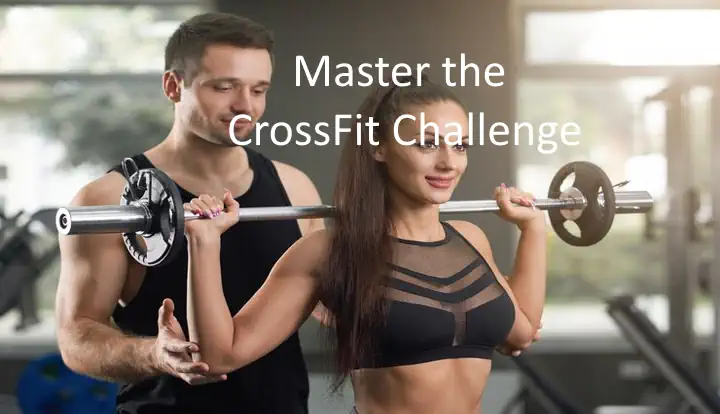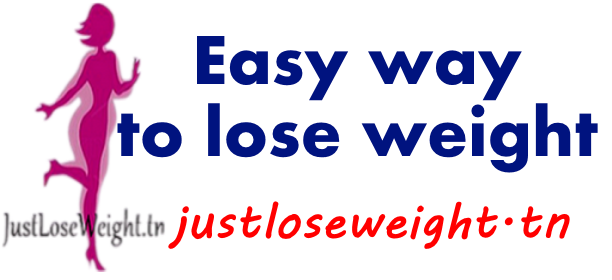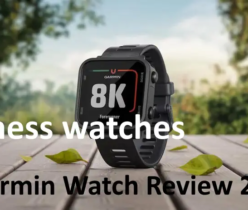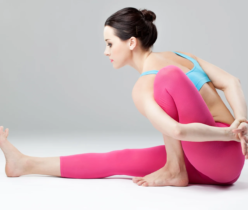If you’re here, chances are you’re already curious about CrossFit. Maybe you’ve heard the buzz, seen people at your local gym flinging barbells around, or watched someone tackle a brutal WOD (Workout of the Day). It looks intense, right? That’s because it is. But it’s also one of the most effective, community-driven fitness programs out there. If you’re wondering how to master CrossFit or just want a taste of what it offers, buckle up. You’re about to dive deep into everything CrossFit.
What Is CrossFit?
Before we dive into the nitty-gritty of CrossFit training, let’s talk about what CrossFit is. In short, CrossFit is a high-intensity fitness regimen combining elements of weightlifting, cardio, and bodyweight exercises. It’s not just about lifting weights or running sprints; it’s a well-rounded program designed to improve strength, endurance, flexibility, and agility. Plus, it’s scalable, which means you don’t need to be in peak condition to start.

The beauty of CrossFit is that it’s designed for universal scalability, making it the perfect workout regimen for anyone, whether you’re a seasoned athlete or just starting your fitness journey. The workouts are intense, but they’re also super adaptable.
“CrossFit is not just a workout, it’s a lifestyle. The community, the challenge, and the results are what keep me coming back.” — Anna R., CrossFit Enthusiast
Why Is CrossFit So Popular?
You’ve probably noticed CrossFit gaining popularity over the last decade. Here’s why:
- Community: Unlike traditional gyms, it fosters a sense of community. You’re not working out alone; you’re with a tribe. People motivate each other.
- Variety: No two workouts are the same. One day you could be flipping tires, and the next you’re doing gymnastics rings.
- Efficiency: You can get a full-body workout in under an hour. No more wandering the gym floor, wondering what to do next.
- Results: CrossFit delivers. From weight loss to muscle gain and overall fitness, it gets you there quicker.
How to Get Started?
Ready to jump into your first CrossFit workout? Here’s what you need to know before you step into the box (that’s CrossFit speak for a gym).
1. Find a Box (Gym)
Not all CrossFit gyms are created equal. It’s essential to find one that feels like a good fit. Most CrossFit gyms offer an intro class or a trial period where you can get a feel for the coaches, community, and overall vibe. Check out reviews online, or ask around. CrossFit Finder is a handy tool to locate a CrossFit box near you.
2. Know the Lingo
It has its language. From WODs (Workout of the Day) to AMRAPs (As Many Rounds As Possible), you’ll learn a new vocabulary pretty quickly. Don’t worry if it sounds like gibberish at first—it’ll soon make sense. If you’re looking for a complete glossary of CrossFit terms, this guide will get you up to speed.
3. Scale, Scale, Scale
One of the biggest mistakes beginners make is trying to go all out from day one. Don’t. It is about scaling workouts to your fitness level. That means if you can’t do a pull-up yet, no biggie. You’ll start with resistance bands or even a different movement. For more tips on scaling, WOD Nation has some excellent advice.
The Core Elements of a CrossFit Workout
Now that you know how to get started, let’s break down the core elements of a CrossFit workout:
Warm-Up
Every session begins with a warm-up to prepare your body for the intensity that follows. This could include mobility exercises, light cardio, or stretching. Never skip this part—it’s crucial for avoiding injury. Learn more about warming up effectively from this CrossFit Warm-Up Guide.
Strength Training
This is where you’ll lift weights. Whether it’s deadlifts, squats, or Olympic lifts, strength training is a massive part. The goal here is to build muscle and increase your overall strength. Need more info on Olympic lifts? Check out The Barbell Physio for tips on getting started.
WOD (Workout of the Day)
The meat of your workout. The WOD is where the magic happens. It’s usually a combination of exercises done in a set amount of time or rounds. An example of WOD could be:
- 5 rounds for time:
- 10 push-ups
- 15 air squats
- 20 burpees
The key here is intensity. You push hard, and by the end, you’re wiped out—in the best way possible.
Cool Down
Post-workout, you’ll engage in a cool down to bring your heart rate back to normal and stretch out your muscles. This might seem minor, but it’s crucial for recovery.
“In CrossFit, the focus isn’t on perfection but on progress. Each day is an opportunity to get just a little bit better.” — Coach Mike D.
Is It Right for You?
That’s the million-dollar question, right? Is it for everyone? While CrossFit offers benefits like strength, endurance, and community, it might not be for every person, and that’s okay! Here’s how to figure out if it’s a good fit for you.
Pros of CrossFit:
- Quick Results: The intensity means you’ll see results faster than with a traditional gym routine.
- Motivation: The community aspect makes you want to show up and work hard.
- Variety: The constantly varied workouts mean you’ll never get bored.
Cons of CrossFit:
- Injury Risk: CrossFit’s high-intensity nature can lead to injuries if you don’t focus on form. For some additional reading on injury prevention, head over to Breaking Muscle for some great advice.
- Intensity: If you’re not someone who enjoys pushing yourself to the limit, this might not be for you.
- Cost: memberships are often more expensive than traditional gyms.
Take a trial class, meet the people, and assess whether it’s your vibe.
Essential Gear: What You Need
Before you rush off to your first CrossFit class, let’s talk gear. The right gear can make all the difference in how you perform and recover. Here’s a breakdown of essential CrossFit gear:
| Gear | Purpose | Recommendation |
|---|---|---|
| Shoes | Stability during lifts, flexibility for cardio | Specific shoes like Reebok Nano or Nike Metcon |
| Jump Rope | For double-unders (trust me, you’ll be doing these a lot) | Speed ropes are your best friend |
| Weight Belt | Supports lower back during heavy lifts | Use during heavier lifts like deadlifts |
| Wrist Wraps | Protects wrists during lifts and handstands | If you’re prone to wrist pain, these are essential |
| Knee Sleeves | Adds compression and support for knees | Great for squats and lunges |
For a full guide to the best CrossFit gear, visit BarBend.
The CrossFit Diet: Fuel for Performance
CrossFit isn’t just about what you do in the gym; it’s also about how you fuel your body. Nutrition plays a massive role in how well you perform and recover. While there’s no strict “CrossFit diet,” most athletes follow a combination of the Paleo and Zone diets.
1. The Paleo Diet
This diet is all about eating like our ancestors. You’ll focus on whole, unprocessed foods like lean meats, vegetables, and nuts while avoiding grains, dairy, and processed sugars. The idea is to fuel your body with clean energy sources. For more on the Paleo diet, you can visit The Paleo Diet.
2. The Zone Diet
The Zone diet focuses on macronutrient balance—40% carbs, 30% protein, and 30% fats. This balance is meant to optimize your body’s performance and keep your energy levels stable.
Sample CrossFit Meal Plan
| Meal | Food Options |
|---|---|
| Breakfast | Scrambled eggs, spinach, and avocado |
| Snack | Almonds and an apple |
| Lunch | Grilled chicken breast with quinoa and kale |
| Dinner | Salmon with sweet potatoes and green beans |
For a deeper dive into CrossFit nutrition, you can check out CrossFit’s official nutrition page.
“The only bad workout is the one you didn’t do. In CrossFit, showing up is half the battle.” — Jenna K., CrossFitter
Common CrossFit FAQs
1. Can I do CrossFit if I’m out of shape?
Absolutely. CrossFit workouts are scalable, meaning the intensity and load can be adjusted to fit your fitness level. To hear some beginner stories, head to CrossFit Reddit, where new and experienced athletes share their experiences.
2. How often should I do CrossFit?
Most beginners start with 3-4 days per week, with rest or active recovery days in between.
3. Is It safe?
Yes, it is safe when done correctly with a focus on form. However, as with any high-intensity workout, you risk injury if you’re not careful. Check out Healthline’s guide to CrossFit safety for more tips.
4. What’s a typical class like?
Each class lasts about an hour and includes a warm-up, strength or skill work, the WOD, and a cool-down.




